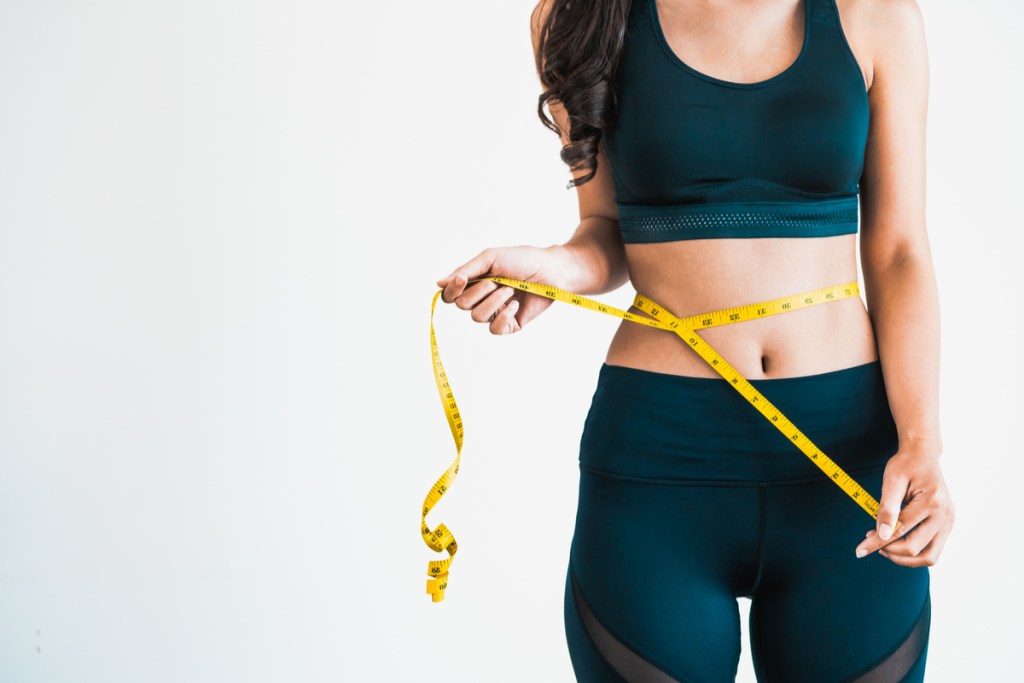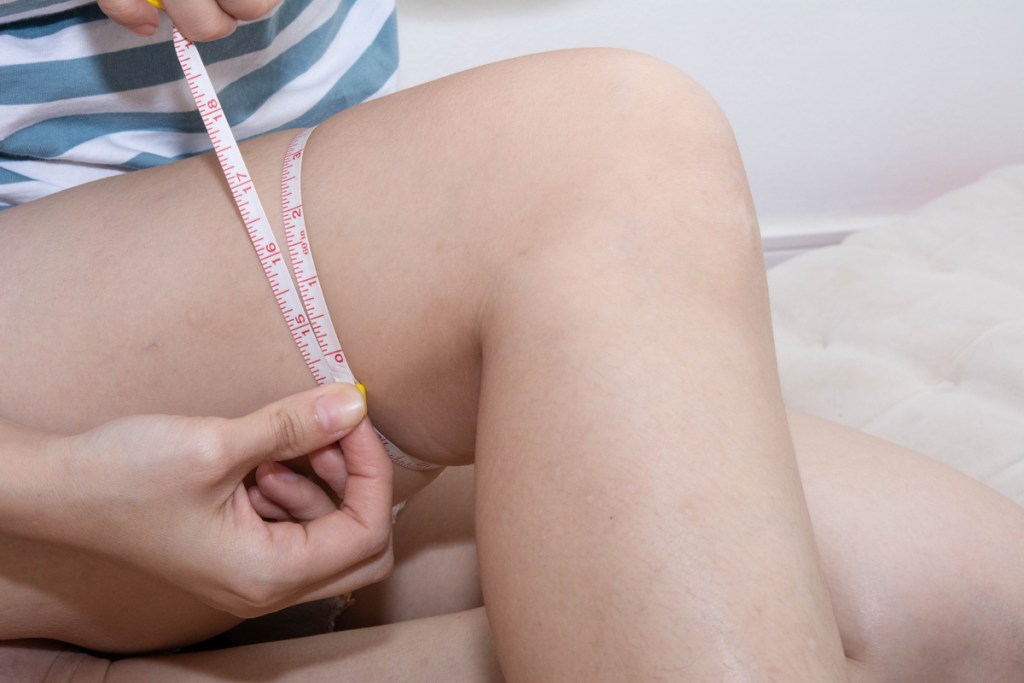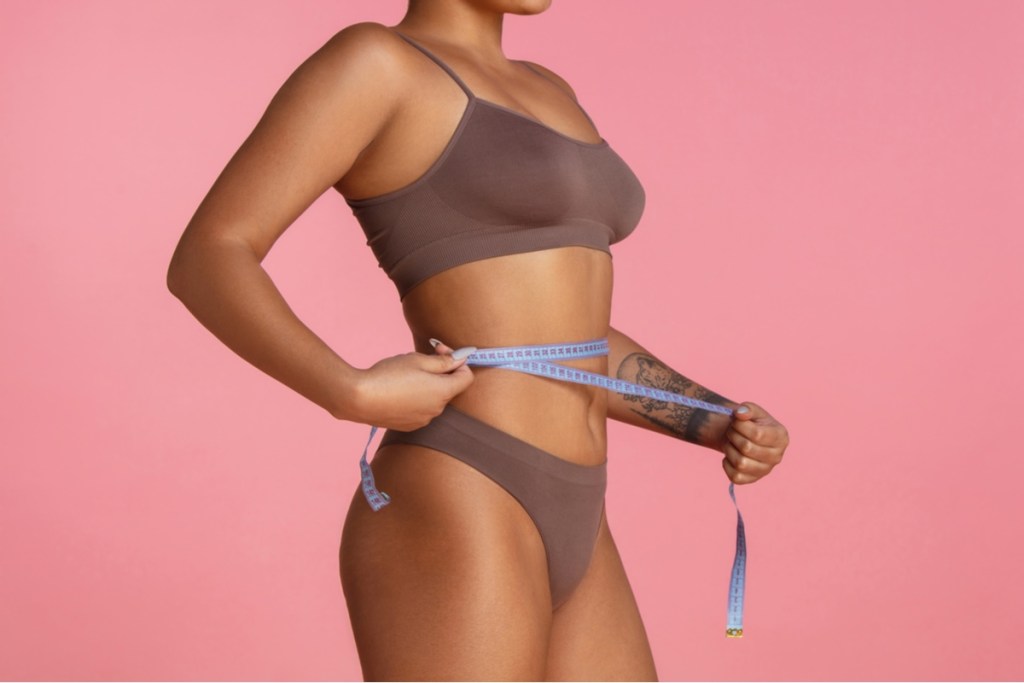
There was a time when simply stepping on a bathroom scale was viewed as the be-all and end-all for monitoring not just weight loss but overall health. Unless you were a bodybuilder or a sumo wrestler, the more you weighed, the worse off you were.
Obviously, we know a lot more now. While excess weight gain does indeed carry a number of health risks, our fitness levels cannot be determined by scale numbers alone. For example, that seemingly magic figure can include water weight from a number of sources, even as it literally gives more weight to muscle than fat.
Rather, the better fitness indicator comes from taking and monitoring several different body measurements. But how do you do it? Here’s a quick tutorial, and before long you’ll have a whole new world of information on how your diet and fitness regimen is changing your body.
Taking your body measurements
The secret to the effectiveness of this approach is that it can literally describe not just the quantity but the quality of the weight you’re burning off. Over time, measuring how many inches you’ve lost — as opposed to pounds — is a better way to keep track of your progress. It also helps you determine how much fat you’ve lost as opposed to muscle.
Unlike stepping on the scale, which people can do daily or even multiple times a day, body measurements should be re-taken about once a month to best gauge your overall progress.

How to do it
Bring out that measuring tape and get ready to learn your true dimensions.
To get started, relax and wear close-fitting (or no) clothing. Get comfortable and settle in, as taking measurements correctly may take a small time commitment. You will need to take measurements of several areas and take them twice for more precise information.
Typically measurements are taken at the widest point of the region you’re measuring. Pull the tape measure taut so it sits against the skin but isn’t too tight. And always make sure the measuring tape is parallel to the floor.
While many people prefer to take measurements first thing in the morning before eating or drinking anything, the real goal is to be consistent about when you take the measurements, so that you are making apples-to-apples comparisons.

What body parts should I measure?
This will vary based on the areas you’re looking to target, but in general, it’s good to get the full picture of how your body is changing (or not). A full complement of measurements is probably the best way to go.
Here’s where to measure and how to get accurate readings.
- Waist: This one’s pretty straightforward. To get this baseline number, simply measure around the narrowest part of your torso.
- Abdominals: Stand fully upright, with feet together. Relax and don’t suck in! Measure the widest part of your abdominal area, which for many people is right around the navel.
- Arms: Relax your arm, then measure at the midpoint between the shoulder and elbow.
- Calves: Look to get your measurement around the halfway point between your knee and ankle.
- Chest: As with the abdominals, stand with feet together and torso straight, then measure around the widest part of your chest.
- Hips: Measure at the widest part of your hips, typically around the glutes.
- Thighs: Measure at the halfway point between the lower part of the glutes and the back of the knee.
Once you have these measurements, jot them down and keep them in a drawer or some other convenient place where you won’t forget them. Now, simply follow your workout and nutrition regimen and see how you stack up a month from now.
Waiting several weeks will give you a more accurate picture of your progress while avoiding the classic up-and-down weight fluctuations that happen to us all on a daily basis. So, move the scale to the side and embrace a new and better way of monitoring your journey toward your fitness goals.
BlissMark provides information regarding health, wellness, and beauty. The information within this article is not intended to be medical advice. Before starting any diet or exercise routine, consult your physician. If you don’t have a primary care physician, the United States Health & Human Services department has a free online tool that can help you locate a clinic in your area. We are not medical professionals, have not verified or vetted any programs, and in no way intend our content to be anything more than informative and inspiring.
Editors' Recommendations
- The best teas for weight loss in 2024
- Ditch the coffee: Caffeine-free ways to boost your energy
- Beach running for your next workout: What you need to know
- Perfect ways to keep your child safe and in comfort
- Heading to the barn? 5 items every equestrian will love




